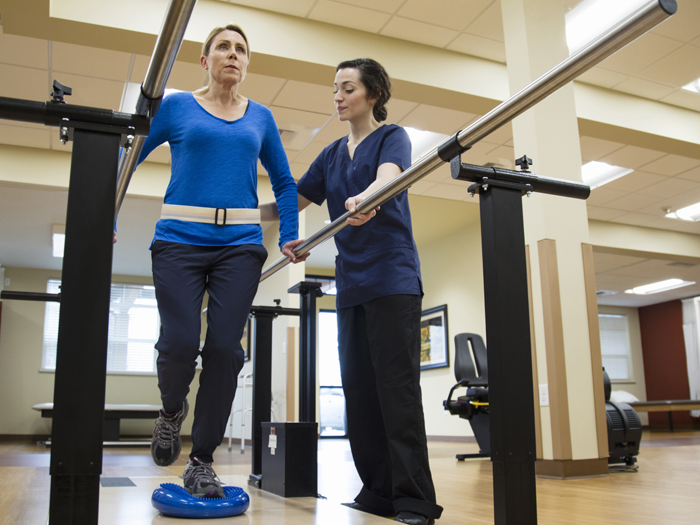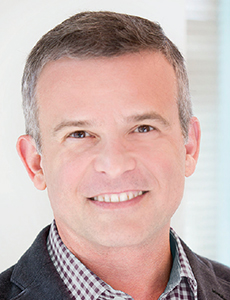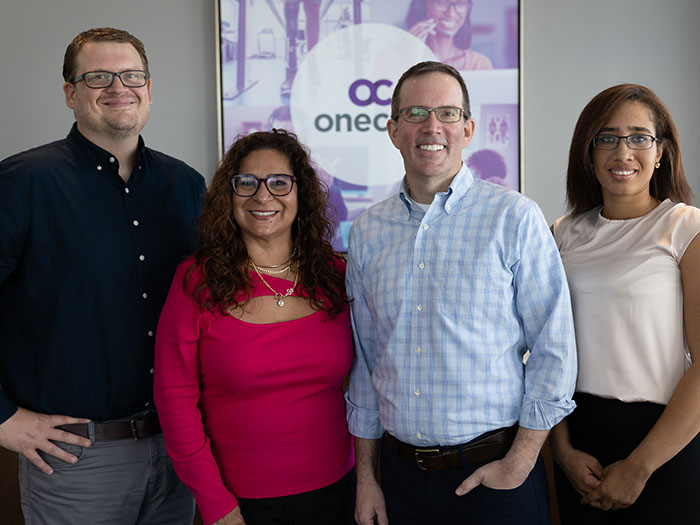In Case You Didn’t Know, a Holistic Approach to Treating Injured Workers Really Works. Why Going Beyond the Physical Is Paramount to Recovery

Who doesn’t love a return-to-work success story?
For those working in the workers’ comp space, these stories are the goal when an employee becomes injured on the job. However, not every injured worker’s road to recovery looks the same, and unfortunately, not every injured worker returns to work at full capacity.
This leaves workers’ comp professionals, doctors and employers to ask themselves: Why is it that injured workers recover differently, and how can that gap between success and failure be closed?
This was the topic of a session at the 2022 RIMS conference, hosted in San Francisco. The session, titled “Beyond Physical: Improving Recovery for Injured Employees Requires a Holistic Approach,” discussed variations of how a worker could recover from an injury, common barriers that could be root causes of delayed recovery, and how all parties involved can address these hiccups.
Session speakers included Dr. Marcos Iglesias, chief medical director for Travelers, and Linda Foy, assistant vice president of enterprise risk management, Catholic Health.
The Mental Health Aspect: Why It’s Important
Workers’ compensation is no stranger to the biopsychosocial approach, which Iglesias mentioned has been used within the industry for the last 30 years.

Marcos Iglesias, chief medical director, Travelers
However, the techniques and methods of the biopsychosocial approach have been “accepted more and more by a broader audience,” in more recent years, according to Iglesias.
It attempts to incorporate characteristics of a holistic mindset, because the philosophy behind the approach believes that every individual is different, and their mental state can have direct connection to their physical recovery.
When an injured worker is not progressing in their recovery as they should be, physicians usually look for another biomedical, or physical, reason as to why the patient is struggling to improve.
While Iglesias did not discredit investigating biomedical means, he did note that when a biomedical reason for delayed recovery is not found, it usually indicates that there is a psychosocial issue that needs attention.
Additionally, within recent years, a mental health spotlight has come into play, ushered forward by the onset of COVID-19.
More people are now experiencing symptoms characteristic of anxiety and depression, and these mental health setbacks can have severe consequences when an employee is attempting to recover from physical injury.
Iglesias noted that along with mental health issues, the general population has been experiencing what he called “an unprecedented level of stress,” according to data recently released from the American Psychological Association.
Iglesias said: “The data is there. The focus on mental health in general has been highlighted because of what we’ve gone through [during the pandemic].”
Foy, considering the employees she oversees are health care workers, is familiar with the effects of the pandemic on workers. She said morale and staffing has taken a considerable hit, especially as vaccine mandates and the Great Resignation have produced “dramatic impact on staffing.”
Work Is Good for You, Really
While many may not want to believe the positive impact our professional work has on our overall wellbeing, the session focused on how our work provides beneficial effects to our health. Iglesias believes that work leads to better health outcomes.
And it’s not just Iglesias who believes this; there’s data proving this theory.
The session shared that those who spend a considerate amount of time not working are at an increased chance of poorer health, with instances of colds, bronchitis and heart disease being much more likely.
As with physical health implications, the likelihood of negative mental health effects is high for those out of work.
Knowing this, ensuring that an injured employee can return to their job at full capacity becomes that much more important.
“As a doctor, as a claims professional, as a supervisor, we need to understand this and be watching out for any barrier that would prevent an injured employee from returning to work, because it has so many consequences,” Iglesias said.
“Getting [the employee] back to work is good for them, and good for all of us.”
How to Implement in the Field
Knowing the benefits and utilizations of the biopsychosocial approach is one thing, but utilizing these tactics for injured workers is another.
The session concluded with ways that all parties involved with an injured worker’s recovery can ensure the most optimal outcome.
Iglesias and Foy both praised the use of a conversational interview, which allows an injured worker to feel comfortable enough to share how they’re truly feeling and the physician or employer the opportunity to simply listen.
For Iglesias, he utilizes this method to determine whether a patient has a psychosocial concern that needs monitoring, such as overall fear or their mindset about returning to work.
This approach also allows for “establishing that relationship [between injured worker and workers’ comp professional] even more,” according to Iglesias. It also gives that injured worker a fighting chance to overcome any psychosocial hurdle that’s in their path to recovery. &










